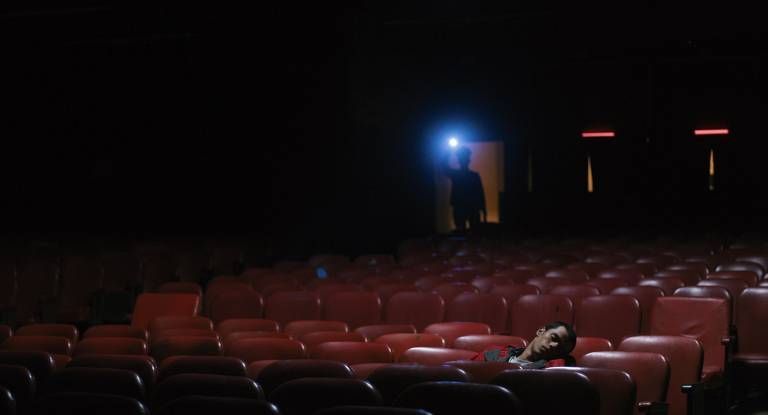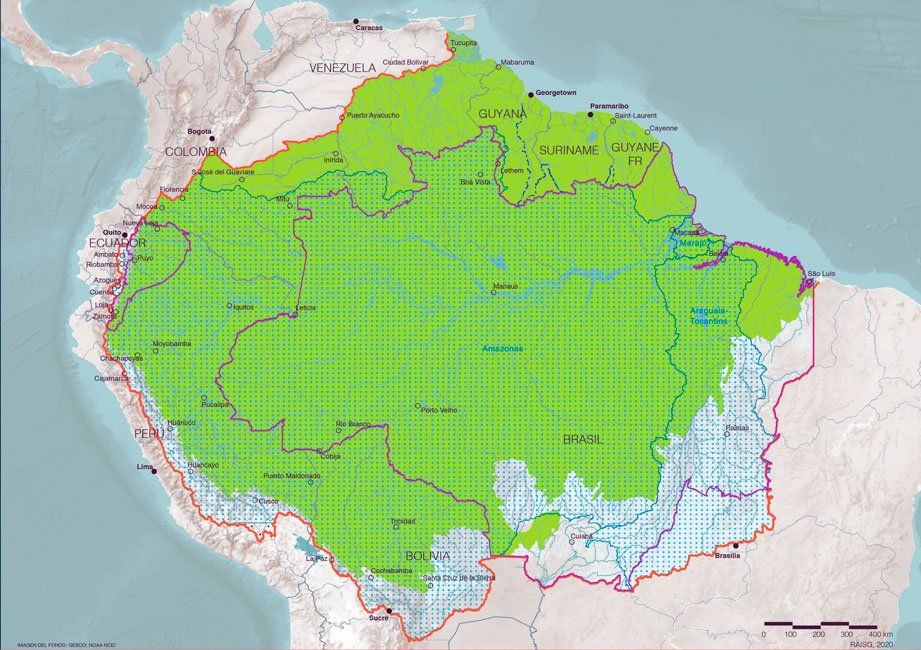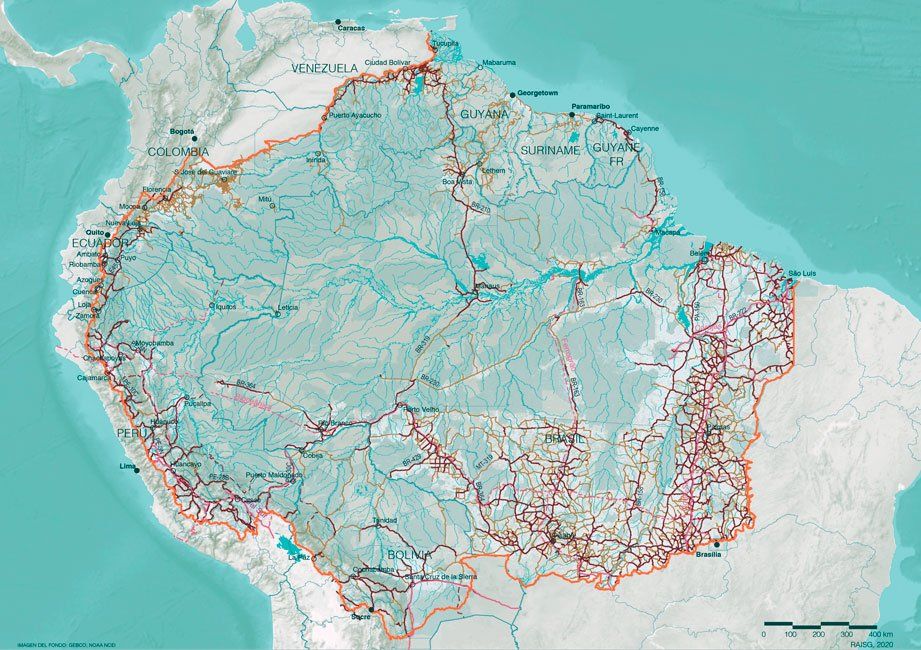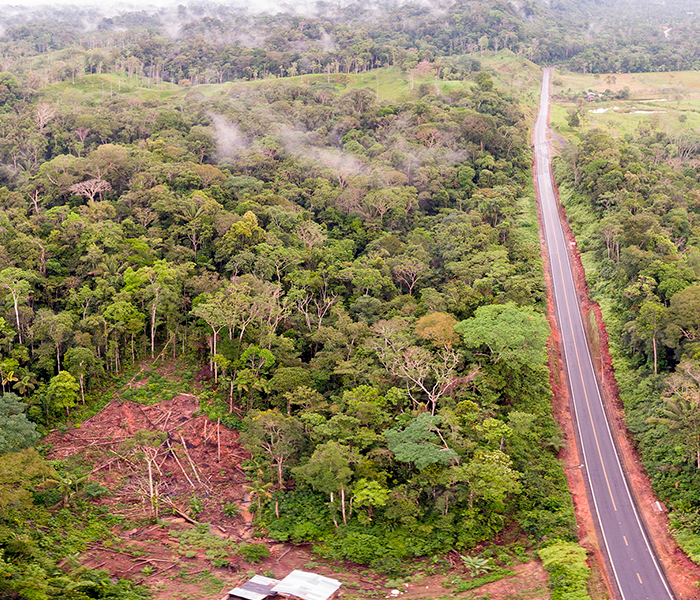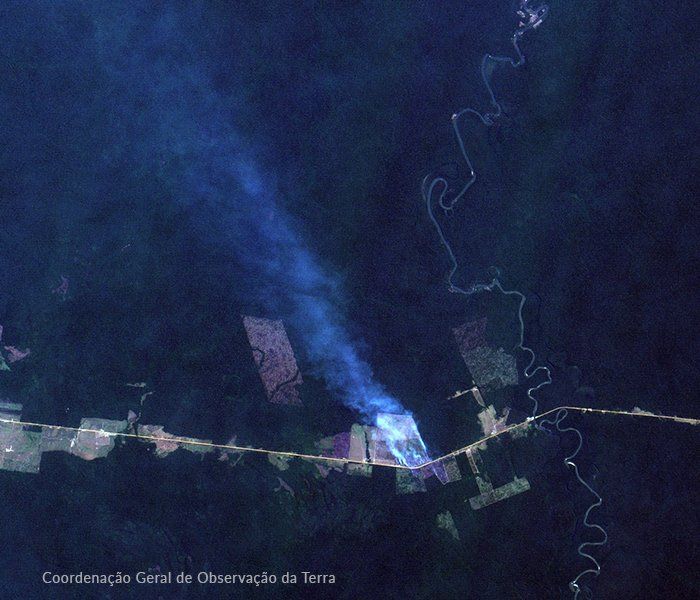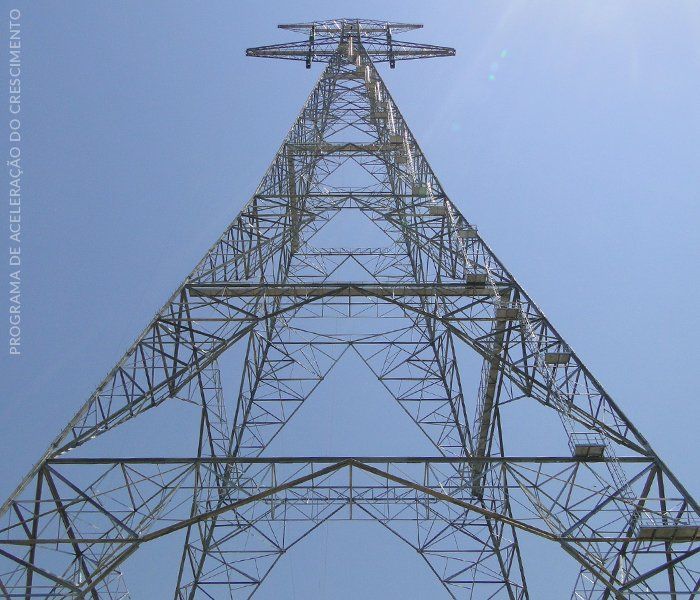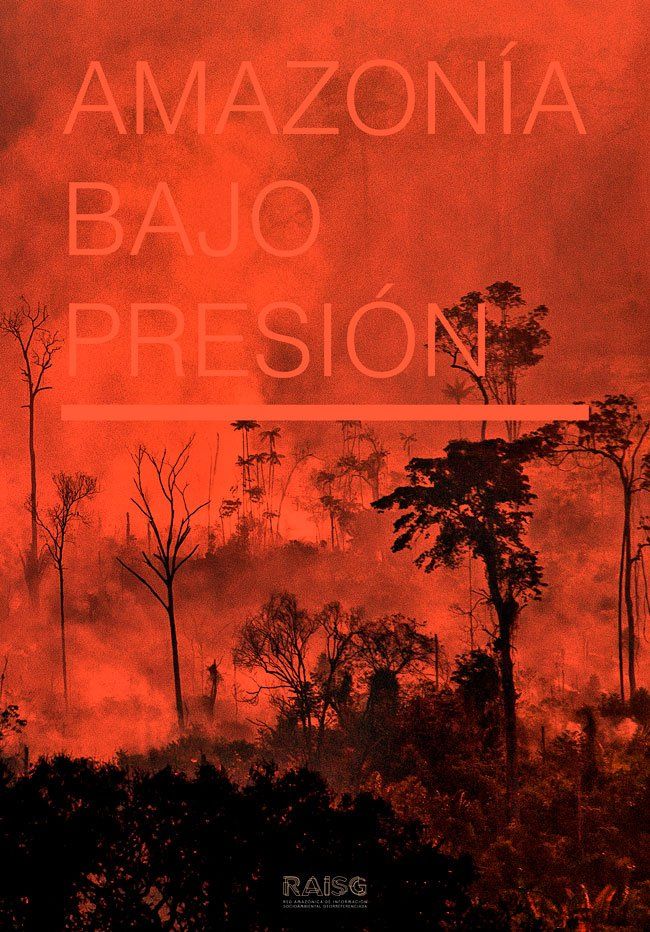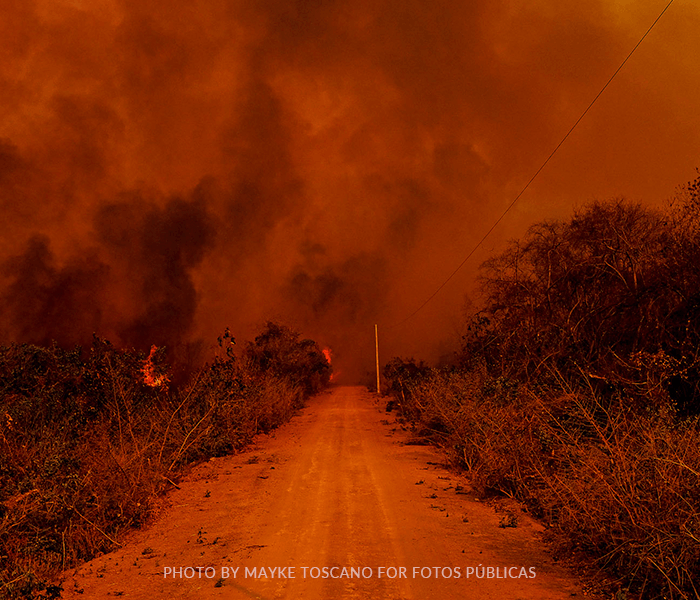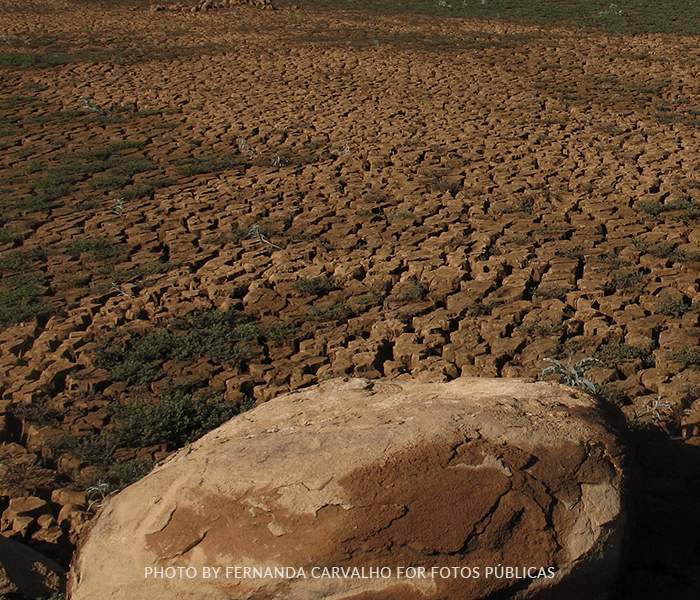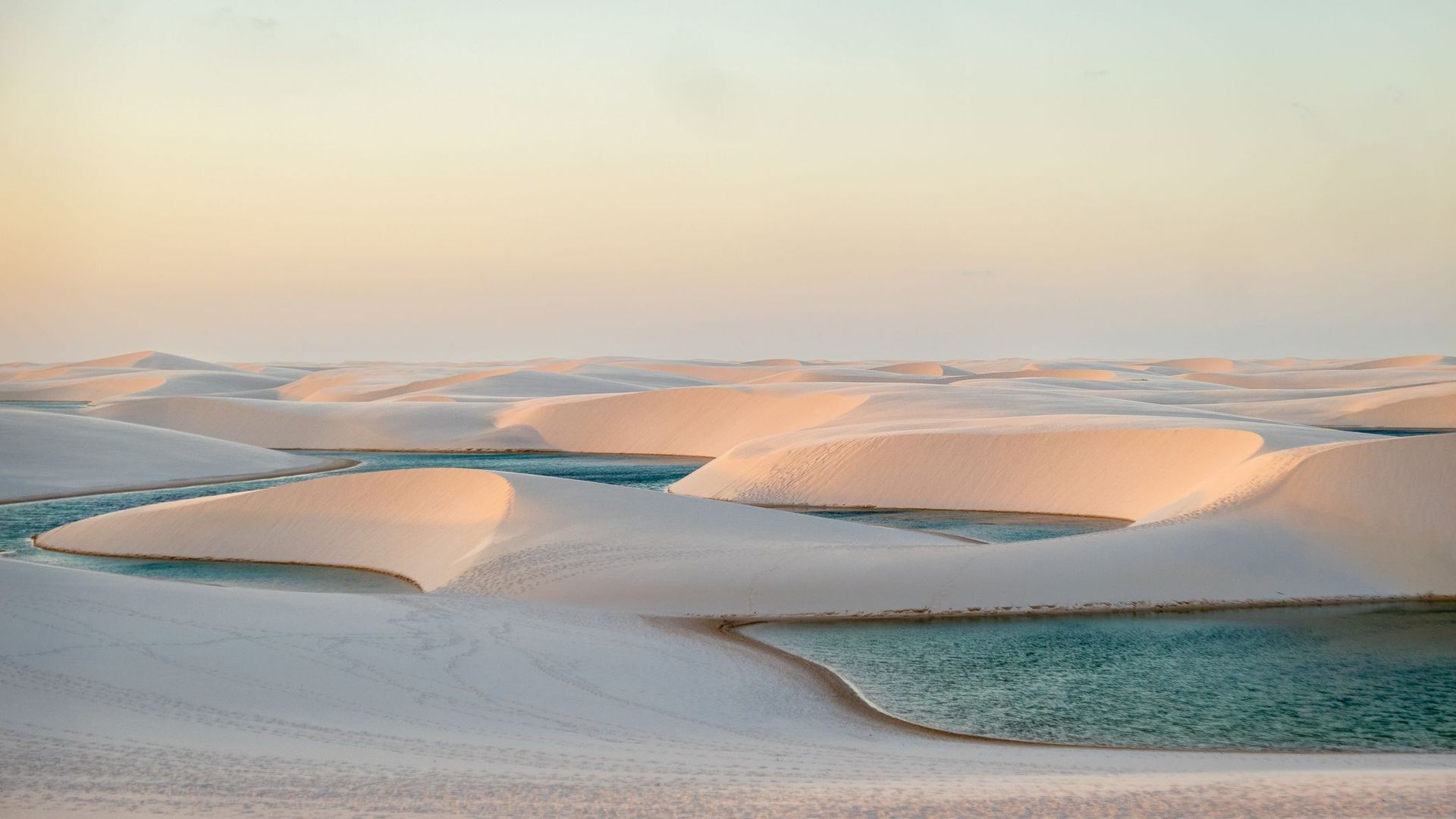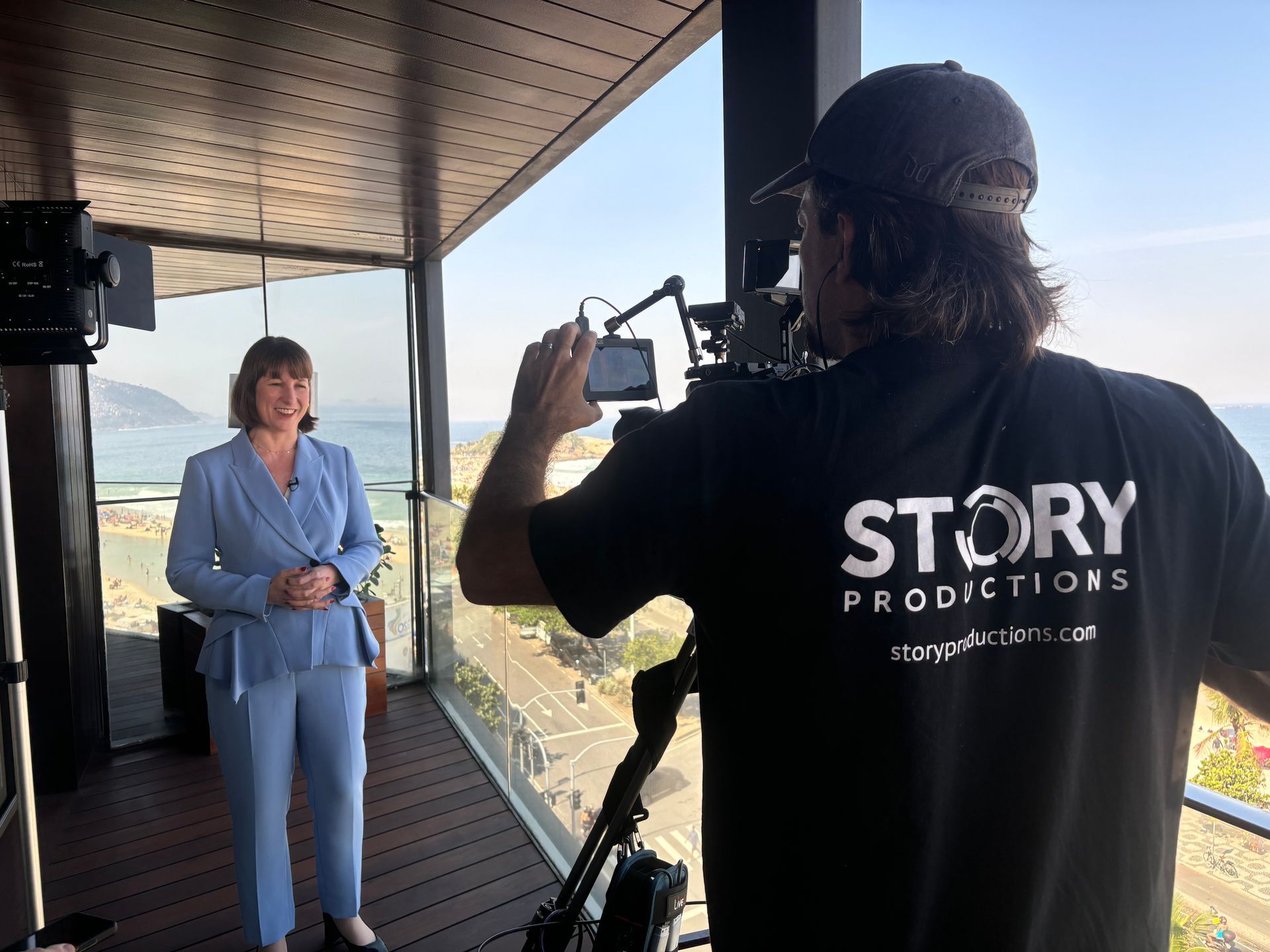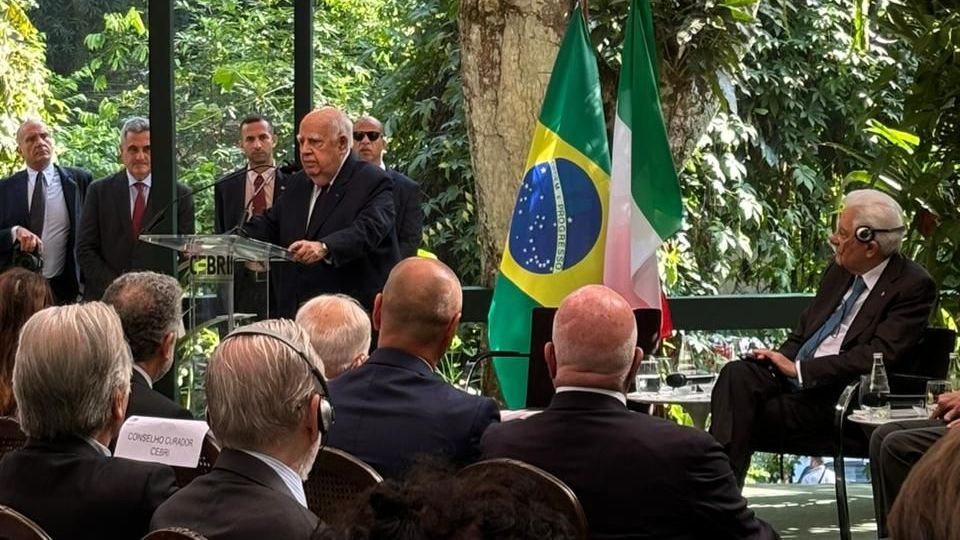Brazil Spotlight: "Amazon Under Pressure"
New study reveals that all nine countries across the Amazon Basin are facing dire deforestation rates caused by social factors and climate change.
An unprecedented study into the nine countries that comprise the Amazon Basin shows that 33 per cent of the region is under “high pressure” from infrastructure projects, mining, and fires. Deforestation is a common trend that shows no signs of reversal.
In December, ten technical groups from across Amazonian countries participated in the compilation of the Amazonía Bajo Presión (Amazon Under Pressure) atlas, produced by
RAISG (Amazon Geo-Referenced Socio-Environmental Information Network), with the support of
ISA (Instituto Socioambiental) – a Brazilian NGO.
The work presents 23 maps and dozens of graphs and tables that offer an x-ray view of the threats to the Amazon rainforest, 83.4 per cent of which remains intact. It also reveals that indigenous territories and protected areas offer the best protection against devastation.
According to RAISG, 26 per cent of the Amazon territory is under “high pressure”, with 7 per cent under “very high” pressure. The areas under pressure are at the edges of the biome: in the mountains of western Amazon (particularly in Ecuador), in northern Venezuela and in the east, southeast and south of the Brazilian Amazon.
Charting the forest’s rise and fall
The worst year for deforestation in the last two decades was 2003 with a record total loss of 30,596 square miles. The trend decreased to 10,730 square miles in 2010—showing that the problem has a solution and is manageable—but it has since accelerated, with 19,430 square miles of rainforest destroyed in 2018. The destruction of forest tripled every year between 2015 and 2018.
Deforestation over the past two decades amounts to a total loss of 320,637 square miles of forest: about 8 per cent of the total 3.9 million square miles of forest that existed in 2000 and an area of devastation equivalent to that of the territory of Spain. According to the ‘Amazon Under Pressure’ atlas, agriculture is the primary source of deforestation, responsible for 84 per cent of the devastation.
The social and economic realities are different in each of the nine countries in the Amazon Basin. Ecuador, which contains just 1.5 per cent of the Amazon, is home to 18 per cent of the Amazon’s active hydroelectric power plants. Roads, oil wells and hydroelectric power plants in Peru together threaten 42 per cent of the forest. In Brazil, which contains 61.8 per cent of the Amazon territory, the deforestation is driven by so-called “changes in land use”. Bolivia and Colombia are also experiencing higher deforestation in recent years.
Deforestation in the Brazilian Amazon has totaled 264,144 square miles over the last 18 years; in Bolivia, it totals 19,808 square miles; and in Colombia, 12,747 square miles.
Illegal activities light up the Amazon
The ‘Amazon Under Pressure’ atlas also shows that maintaining protected natural areas and indigenous territories, even with varying degrees of legal and political protection in each country, constitutes an effective deterrent to the progress of deforestation: of the deforestation detected between 2000 and 2018, 87.5 per cent occurred outside indigenous territories and conservation areas. However, since 2015, Brazil, Bolivia, Colombia and Venezuela have registered illegal mining and clearing land with fire, even within protected territories.
Mining has been a constant pressure in the Amazon for decades. Data collected through 2020 has identified 4,472 illegal mining activities in the region affecting 664 indigenous lands and 129 protected natural areas, directly impacting rivers and forests.
More than half of illegal mining (53.8 per cent) occurs in Brazil. The situation is also alarming in Venezuela where, despite occupying just 5.6 per cent of the Amazon, it is home to 32 per cent of illegal enterprises.
The country most affected by agriculture-induced deforestation isn’t Brazil, but in fact Bolivia: 27 per cent of its rainforest has been devastated. Since 2001, an average of 105,012 square miles of the Bolivian Amazon has burned annually.
Barriers to conservation
The vast and isolated areas of the Amazon tend to have poor social conditions, lack of infrastructure and an absence of state presence. This provides an incentive to profit through the simplest and most primitive of activities such as illegal logging, mining, rearing of livestock, and coca cultivation.
The ineffectiveness of conservation policies in the Amazon Basin, which is home to 35 million people, suggests the need for “cross-border” initiatives. These programmes could improve forest management, promote sustainable development, protect the environment, and control carbon emissions caused by deforestation, thereby delaying global warming.
However, each country’s socioeconomic precarity and extreme nationalism makes cooperative projects difficult. The governments of President Bolsonaro of Brazil and President Maduro of Venezuela, for example, won’t even consider the idea.
To access the content of the Atlas RAISG Amazonía Bajo Presión
visit the website.
About Brazil Spotlight
Every month, Story Productions publishes a new Brazil Spotlight column by Ricardo Arnt, a Brazilian journalist and author with more than forty years experience. His works include director of Planeta magazine and TV Bandeirantes, editor of Exame magazine, Folha de São Paulo and Superinteressante (published by Editora Abril), and international editor of Jornal Nacional on TV Globo.
Subscribe to our newsletter and be one of the first to read the latest Brazil Spotlight column. From the economics of sustainability to deforestation in the Amazon, Ricardo will be tracking down the most interesting, topical stories one step ahead of the news cycle. We want to inspire TV producers and researchers around the world with inspirational ideas for their next production.
Learn more
about the author behind our new serial column. Send topic suggestions to press@storyproductions.com. Interested in covering something you've read here?
Get a quote for your next production in Brazil.
Related Stories
Brazil Spotlight Archive
Share this story:
Get the latest news straight into your inbox!
Contact Us
Read another story
